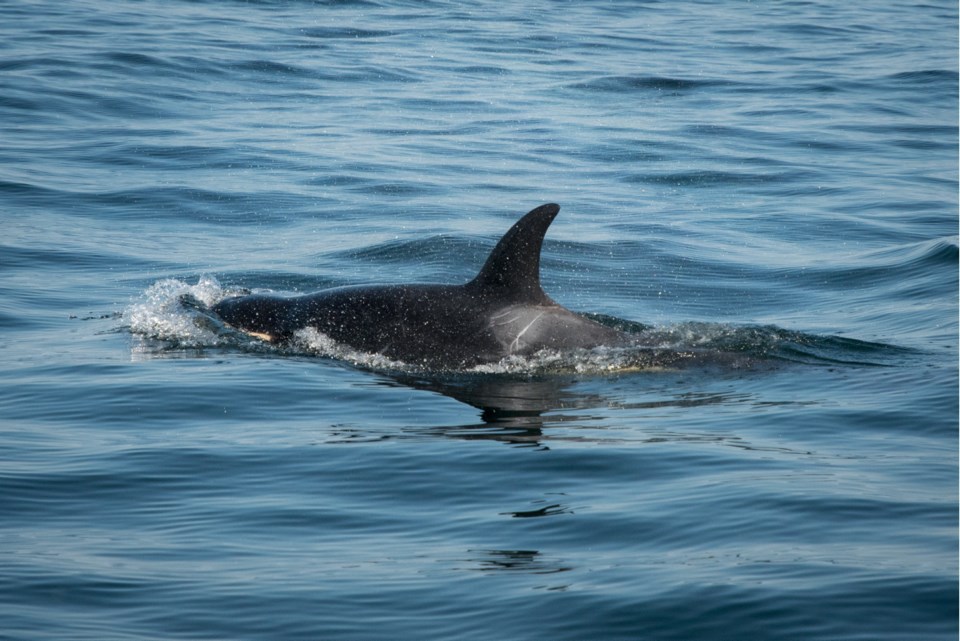An ailing killer whale was spotted alive in the Salish Sea on Monday a short time after being declared missing by U.S. officials, and biologists delivered what they believe is a full dose of antibiotics.
Michael Milstein with the National Oceanic and Atmospheric Administration in Portland, Oregon, said the female southern resident killer whale was spotted Monday and researchers were able to deliver a dart filled with the potentially life-saving medication.
The NOAA said the three-year-old female whale known as J50 or Scarlet was sighted by researchers near Hein Bank in the San Juan Islands.
Earlier in the day, Milstein said J50 had failed to return from open waters off the west coast of Vancouver Island.
Biologists from the Center for Whale Research, Soundwatch and the University of Washington spent much of Sunday with the pod and reported that J50 was not with her mother, J16, or other pod members, the NOAA said.
“We all hold out hope that J50 is still alive,” the agency said in a statement.
Canadian and U.S. officials have been working together in recent weeks in an effort to save the emaciated whale.
Last month, the team used a dart to inject J50 with antibiotics and also attempted to feed her by releasing live hatchery salmon in front of her. It was unclear, however, whether she actually ate the fish.
Lab tests of a fecal sample taken from the water where J50 was swimming revealed a parasite commonly found in marine mammals. The rescue team was hoping to treat J50 by injecting her with more antibiotics and deworming medication once she returned from open waters.
During one of the last sightings of J50 on Aug. 30, her mother was lagging behind their pod by about three nautical miles and J50 was another half-mile back, the NOAA said. “Sometimes she got closer, but she looked to be struggling to keep up.”
“The standard for determining the loss of any of the southern residents is to spot a whale's family group multiple times without them. This rule may be relevant for J50 to confirm her status given how far behind the other whales she had followed at times.”
The loss of J50, born in December 2014, would be a serious blow to cross-border efforts to save the endangered southern resident killer whales, whose numbers have declined to 75.
The pods — J, K, and L — have had no successful births in three years and J50's potential reproductive ability offered hope for the recovery efforts.
— With a file from The Associated Press



